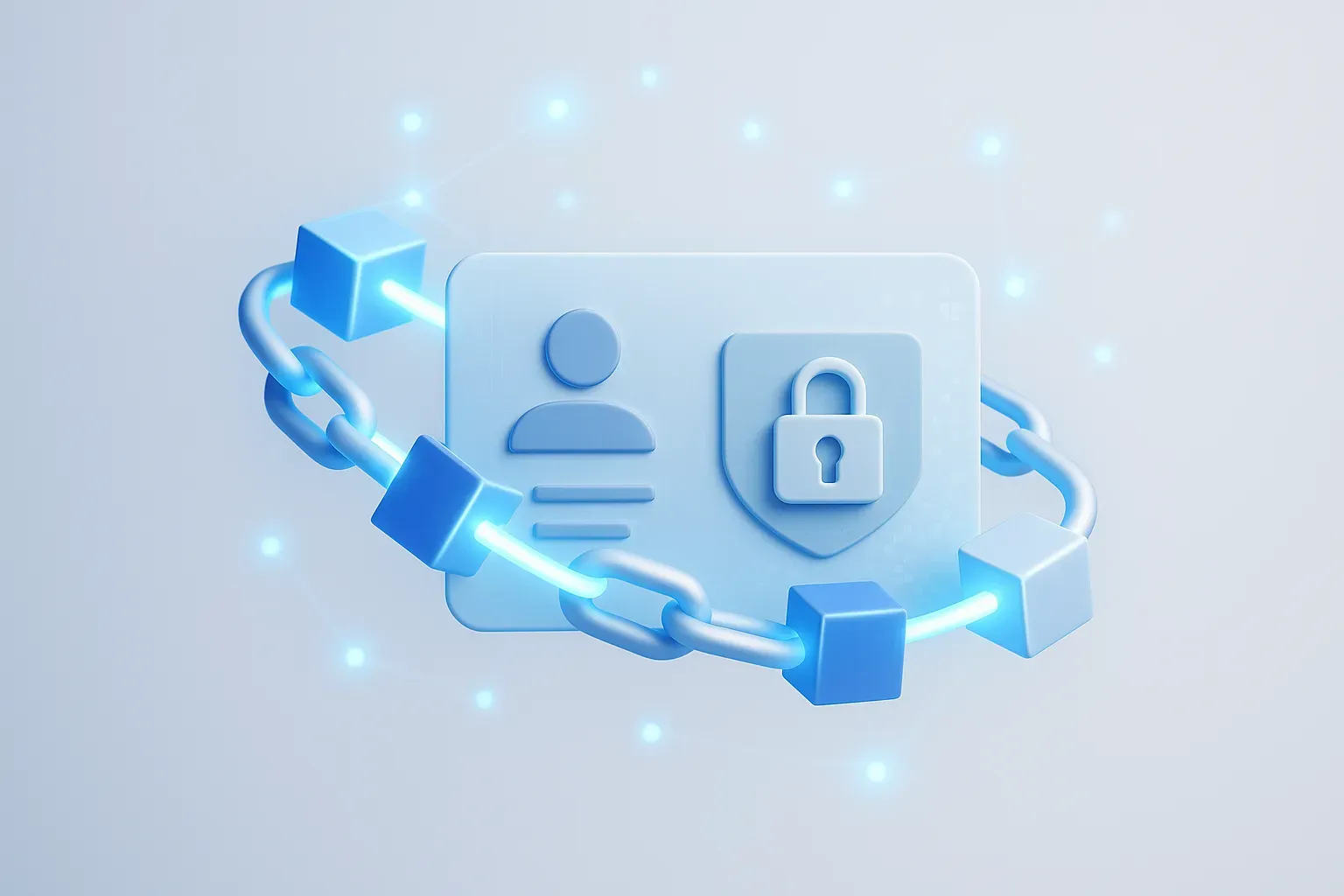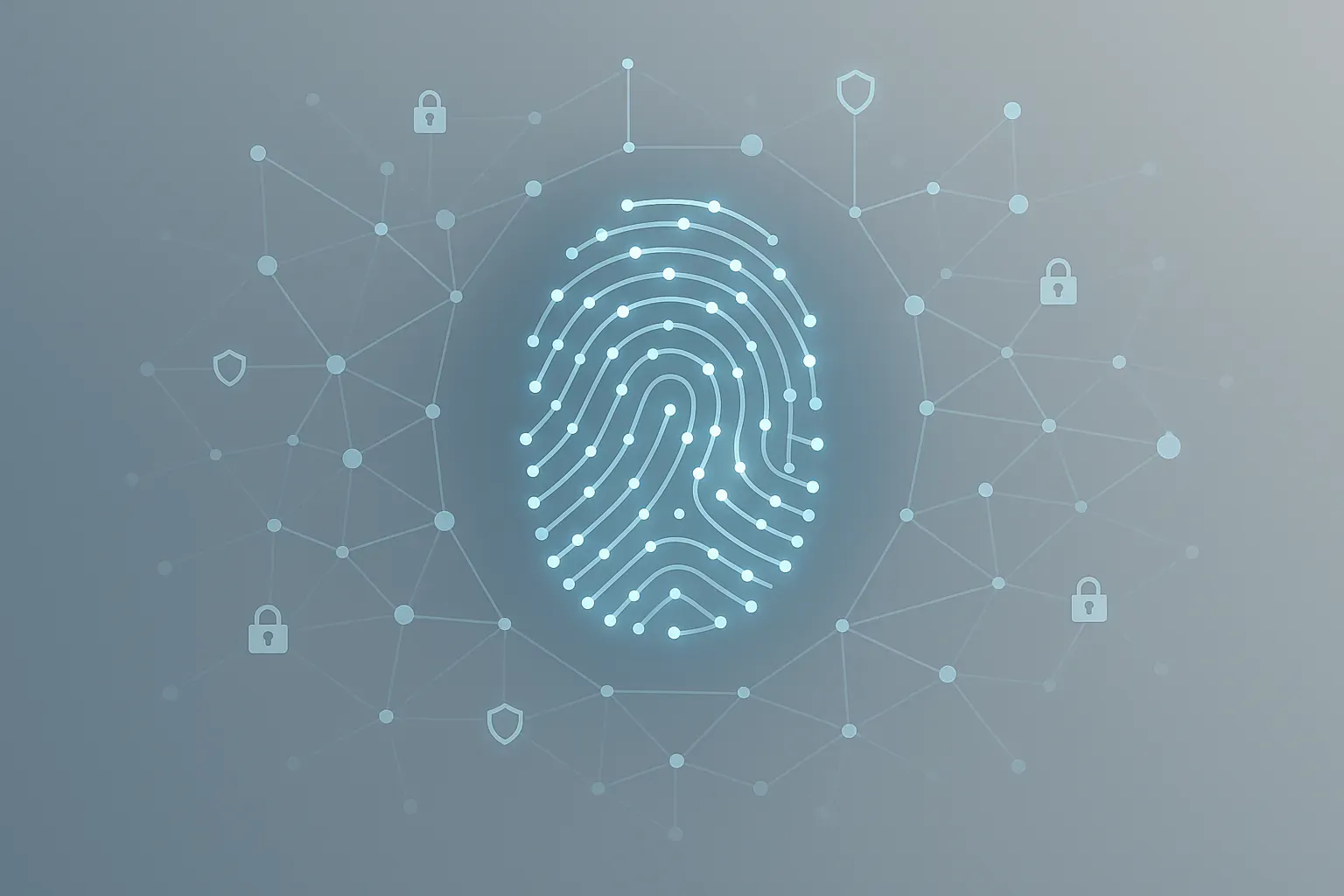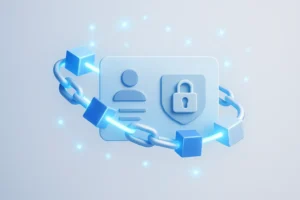Digital transformation is rapidly changing job roles across small and medium enterprises, as demonstrated through concrete examples gathered from experts in the field. This article examines ten key shifts occurring in modern workplaces, from AI workflow orchestration to the evolution of technical roles into strategic business partnerships. Readers will gain practical insights into how these transformations are reshaping career paths and creating new opportunities in today’s technology-driven business environment.
- IT Fixer Transforms Into Strategic Business Partner
- From Execution to Orchestration With AI Workflows
- From Campaign Execution to Product-Led Growth Strategy
- Real-Time Student Engagement Through AI Dashboard
- From Client Content Creation to AI Testing
- Becoming a Translator Between Creativity and Data
- Social Media Visibility Creates Warmer Sales Conversations
- Shifting From Direct Problem Solving to Systems Design
- CTO Role Expands Beyond Tech to Business Outcomes
- Paperwork to Platform Management for Fleet Operations
IT Fixer Transforms Into Strategic Business Partner
Ah, the digital transformation rollercoaster, it’s been nothing short of a wild, exhilarating ride in my role as an IT Consultant. Before the wave hit, my work often felt like putting band-aids on separate, isolated IT problems, fixing network issues, implementing one-off software upgrades. It was reactive, technical, and frankly, a bit siloed.
Then digital transformation rolled in and flipped the script entirely.
Suddenly, I wasn’t just a problem solver; I became a strategic partner helping businesses rethink how they operate. For example, one client was drowning in manual data entry and siloed spreadsheets, which led to costly errors and slow decision-making. My role evolved from just “fixing IT” to architecting an integrated cloud-based ERP system that connected sales, inventory, and finance in real time. That shift meant I had to become part technologist, part business consultant, and part change agent.
What blew me away was how this digital overhaul didn’t just streamline processes; it fundamentally changed the company culture. Employees stopped fearing tech and started seeing it as an enabler. My job now includes training, storytelling, and fostering digital fluency alongside deploying solutions.
Digital transformation forced me to upgrade my mindset and skill set from “IT fixer” to a forward-thinking advisor who helps SMEs future-proof themselves in an increasingly digital world. It’s turned the day-to-day grind into a dynamic journey of innovation and impact, and honestly, I wouldn’t have it any other way.

From Execution to Orchestration With AI Workflows
Digital transformation did not just change my role; it redefined how I approached scale, systems, and storytelling. In the early days, I was writing every word myself, managing clients manually, and relying on instinct more than infrastructure. As automation and digital tools entered the picture, my focus shifted from execution to orchestration.
One specific shift came when I integrated AI-assisted workflows into our content pipeline. This allowed me to step back from daily operations and invest more time in brand strategy, talent development, and client experience. The transformation was not about replacing creativity; it was about amplifying it. My role evolved from writer to architect, from founder to enabler. That shift made the business more resilient, and the impact more measurable.

From Campaign Execution to Product-Led Growth Strategy
Digital transformation completely reshaped my role — especially in how I lead marketing and operations.
One specific example: I used to spend hours coordinating campaigns manually across email, social, and web. Now, with AI and automation tools, I’ve shifted from execution to strategy. Instead of pushing out individual campaigns, I design integrated workflows where content is created, distributed, and even measured in real-time through automated systems.
That evolution means my focus is less on “getting tasks done” and more on driving growth through data, creativity, and scalable tech. It’s turned me from a marketing operator into a product-led growth strategist.

Real-Time Student Engagement Through AI Dashboard
Digital transformation didn’t just add new tools and responsibilities to my work—the bulk of my time was now spent in an entirely different way.
When speaking concretely, we built an AI-powered dashboard to predict when a student might be losing focus. Before, one had to rely on weekly reports or feedback from teachers. Now there are real-time signals, almost as if it’s a pulse check on the learning journey of students. Hence, the response to an issue takes far less time, while more effort is put into designing systems that keep such issues from ever arising.
It also changed my daily priorities. I was the guy who drew everything up—big strategies—on the whiteboard. Now I am observing student engagement patterns: “Why did curiosity dip here?” or “What kept this group motivated?” I have grown into more of a conduit for data, teachers, and students to quickly respond with empathy.
For me, digital transformation was never about computerizing the humanistic side of education. It was about providing tools to help us listen and adapt while sustaining a human touch to learning, even on large scales.

From Client Content Creation to AI Testing
The transition from agency work to Zaturn development required me to stop controlling every detail of projects while I dedicated myself to product development. The transition from regular client meetings to regular UX testing became my new daily routine. One specific shift? I used to create landing page content for my clients during my previous work. I now evaluate which AI-created headline produces the highest number of trial signups. The same skillset applies to my work, but I now use it in a completely different way.

Becoming a Translator Between Creativity and Data
Digital transformation has challenged me to become a translator between creativity, data, and client outcomes. In previous years, my energy centered on producing campaigns and managing day-to-day operations. Now I focus on building adaptable systems that help us thrive despite constant industry disruptions. The pace of technological evolution means I must anticipate trends before they reach mainstream awareness. That foresight guides my team to experiment courageously, while balancing risk with opportunity.
As CEO, I also feel a heightened duty to nurture people’s resilience and growth. I encourage them to treat innovation as a practice rather than a stressful performance metric. Creating space for curiosity ensures our culture stays fresh, relevant, and emotionally sustainable long-term. My role evolved into shaping the environment where innovation flourishes and people feel supported. Digital transformation ultimately expanded my responsibilities but also deepened my sense of purpose in leadership.

Social Media Visibility Creates Warmer Sales Conversations
Digital transformation hasn’t changed how our platform works, but it’s made being active on social media far more valuable. I now dedicate time every week to sharing insights and engaging on LinkedIn because prospective buyers research founders online long before they reach out. That visibility makes those conversations warmer and more productive.

Shifting From Direct Problem Solving to Systems Design
Digital transformation shifted my role from hands-on problem solving to designing systems that solve problems at scale. At SuccessCX, for example, I used to spend time configuring Zendesk instances directly for clients. Now my focus is on mapping end-to-end workflows, ensuring automation, AI, and integrations deliver measurable outcomes, and guiding the team that executes. The work evolved from doing to orchestrating—and that’s where the real leverage is.

CTO Role Expands Beyond Tech to Business Outcomes
Digital transformation didn’t just change the tools we use at Deemos—it redefined my role entirely. As CTO of a small but fast-moving company, my focus was once almost exclusively on engineering: infrastructure, architecture, and technical execution.
But that changed as we migrated to cloud-native systems and adopted AI-driven analytics. My responsibilities expanded beyond evaluating tech stacks to driving cross-functional alignment. I began working closely with sales to leverage analytics for customer insights, guiding marketing on using automation to scale campaigns, and training non-technical teams on security best practices tied to digital tools.
In effect, I became more of a bridge-builder than just a technologist. My role evolved from “keeping the servers running” to “ensuring digital capabilities directly support business outcomes.”

Paperwork to Platform Management for Fleet Operations
Digital transformation has reshaped my role at BASSAM by reducing manual work and increasing real-time visibility. Earlier, a lot of my time went into coordinating paperwork for port clearances and tracking fleet schedules through calls and emails. With the introduction of a digital fleet and document management system, I now handle these processes through one platform.
For example, instead of chasing physical documents, I can upload, verify, and share port clearance records digitally, which cuts down errors and delays. This shift allows me to focus more on proactive support like monitoring operational risks and planning crew schedules, rather than just troubleshooting. It has also improved collaboration with agents and port authorities, since updates are accessible instantly.
This evolution has made my work faster, more data-driven, and better aligned with the company’s focus on efficiency and compliance.














